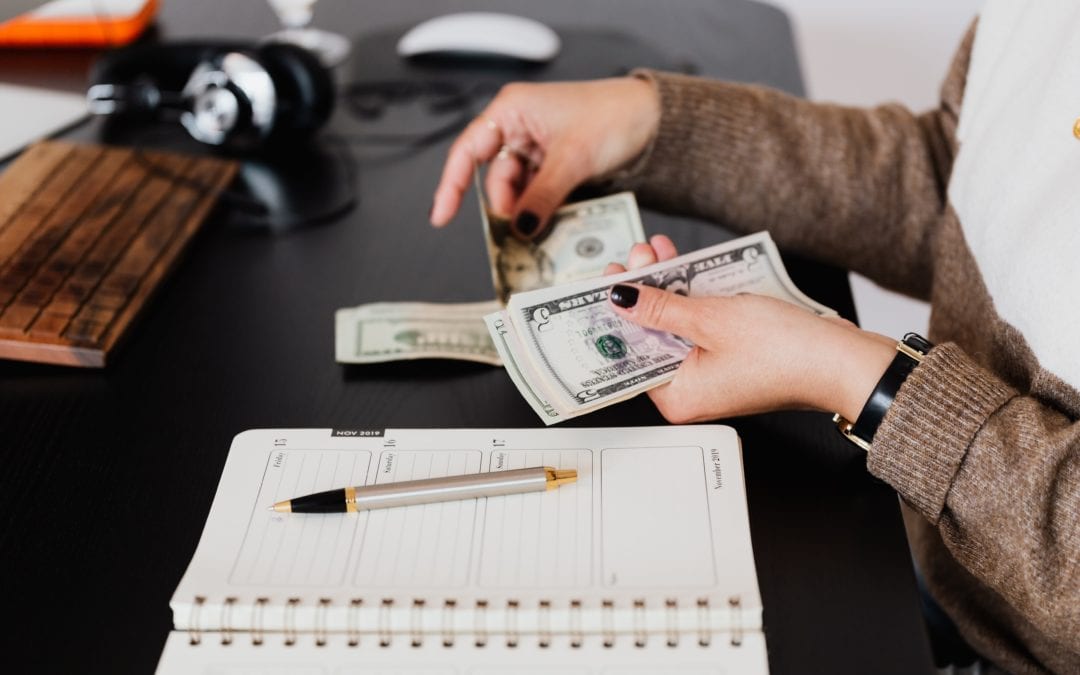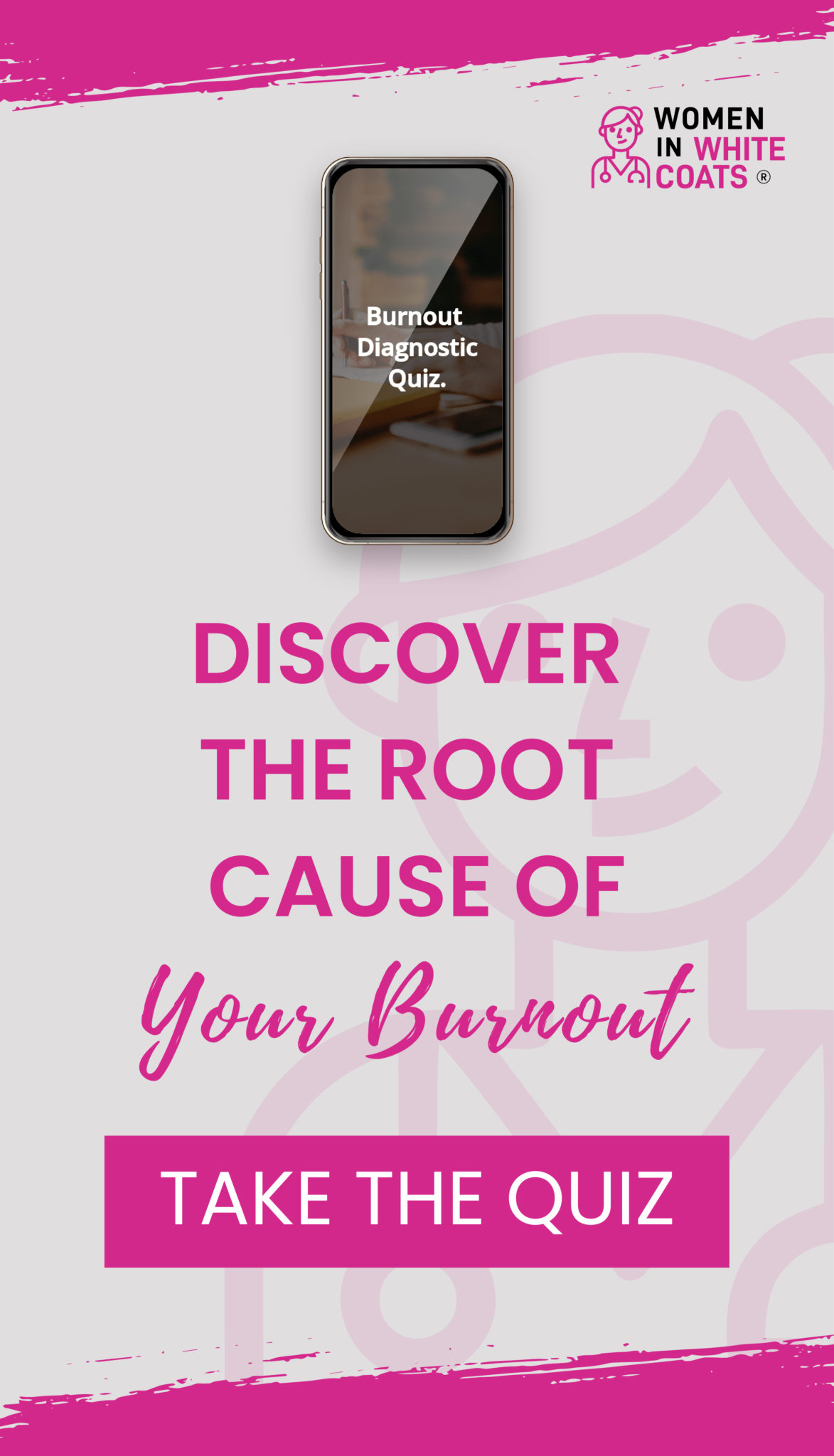This pandemic has been an excellent opportunity to think and talk about money and finances. The eye-opening moment was when I saw my credit card bills once the shelter in place order was placed. I thought I was spending a fraction of my normal. Where had my money been going?
I am grateful to the multitude of physician finance blogs out there for finally making me face this elephant. I pulled up months of credit card statements, bank statements, and receipts. I created my first ever budget spreadsheet. First, I categorized and quantified the fixed expenses, things like housing, car, utilities, groceries, and insurance—the needs. Then I categorized and quantified everything else, like clothing, restaurants, and travel, as variable expenses—the wants.
Numbers never lie. Luckily I did not have credit card debt, and my spending was not outrageous — but it did get me thinking about and assessing and reassessing my expenditure. It also made me analyze if I was spending money on things that bring me value.
Oddly enough, my most considerable variable expense was my gym with a hefty monthly payment. To be clear, I am an advocate for physical activity and exercise. With the gym closed due to shelter in place, I began to realize that I did not need to compromise my wallet in the name of cardiovascular fitness. With no monthly gym payment, the savings started collecting in my bank account.
I looked at all my variable expenses to determine what brings me value. In the end, I discovered that what I enjoy the most in life is spending time with family and friends and traveling. These experiences, and therefore these expenses, bring me value. Again, with the shelter in place, I had to find creative ways to spend time with loved ones, and my wallet remained happy.
The 50/20/30 rule is a good budget guide. This rule is a guide of what percentage of after-tax money to allocate in what categories. Up to fifty percent of after-tax money covers fixed expenses like the needs. Twenty percent or more after-tax money goes to savings, including a three to six-month emergency fund and retirement accounts. Ultimately all the funds invested into savings will pay dividends in the form of compound interest. The remaining thirty percent is yours to spend as you wish on dinners, coffee, concerts, et cetera.
The 50/20/30 rule is not hard and fast. If the cost of living is lower and takes up less than fifty percent of after-tax money, the remaining money can go into savings or wants. Or one can consider spending twenty percent instead of thirty percent on wants and putting the extra into savings. On the flip side, if needs take more than fifty percent, please consider either making more money or cutting spending to get to fifty percent after-tax spending. This rule provides a general guideline of how much money to allocate in your budget.
In summary, utilize courage to assess finances and spending habits. Spend money on things that bring value. Use the 50/20/30 rule to after-tax budget money and to see if any spending can be shaved. Ultimately this will help your money work for you instead of you working for money.
Uzma Khan, MD, is a practicing Internist and a Women in White Coats writer’s fellow. She blogs about medicine, money, and life at http://www.meandmystethoscope.com/, and she can be found on Facebook Uzma Khan, MD, Instagram @uzmakhanmd and Twitter @uzmakhanmd





I think that physicians need to be more conservative than the 50-20-30 rule. Thanks to COVID this MD had a 20% pay cut, then fuloughed and ultimately laid off. All in all, I had 9 months living on a fraction of income. I had scrimped and saved to support 2 households (being mid-divorce) and floated for 3 months. It took me 4 months to get credentialed and start a new job. As you know, credentialing for docs takes time– as little as 4 months (as I learned in my case– but conditions were ideal) or as long as a year– and some physicians report even longer. So I think the savings rule (for an emergency fund) needs to be much, much larger in anticipation of this. In my case it was 50-40-10.